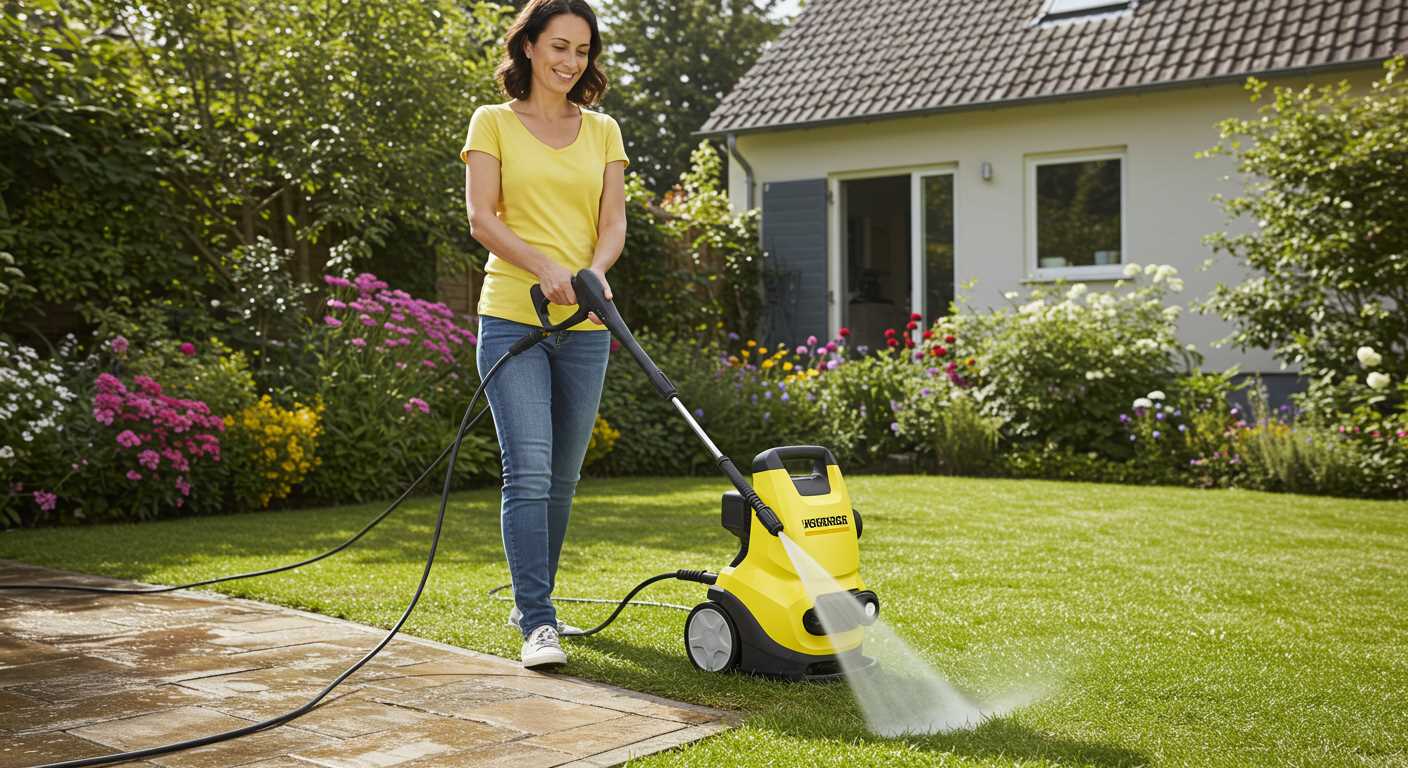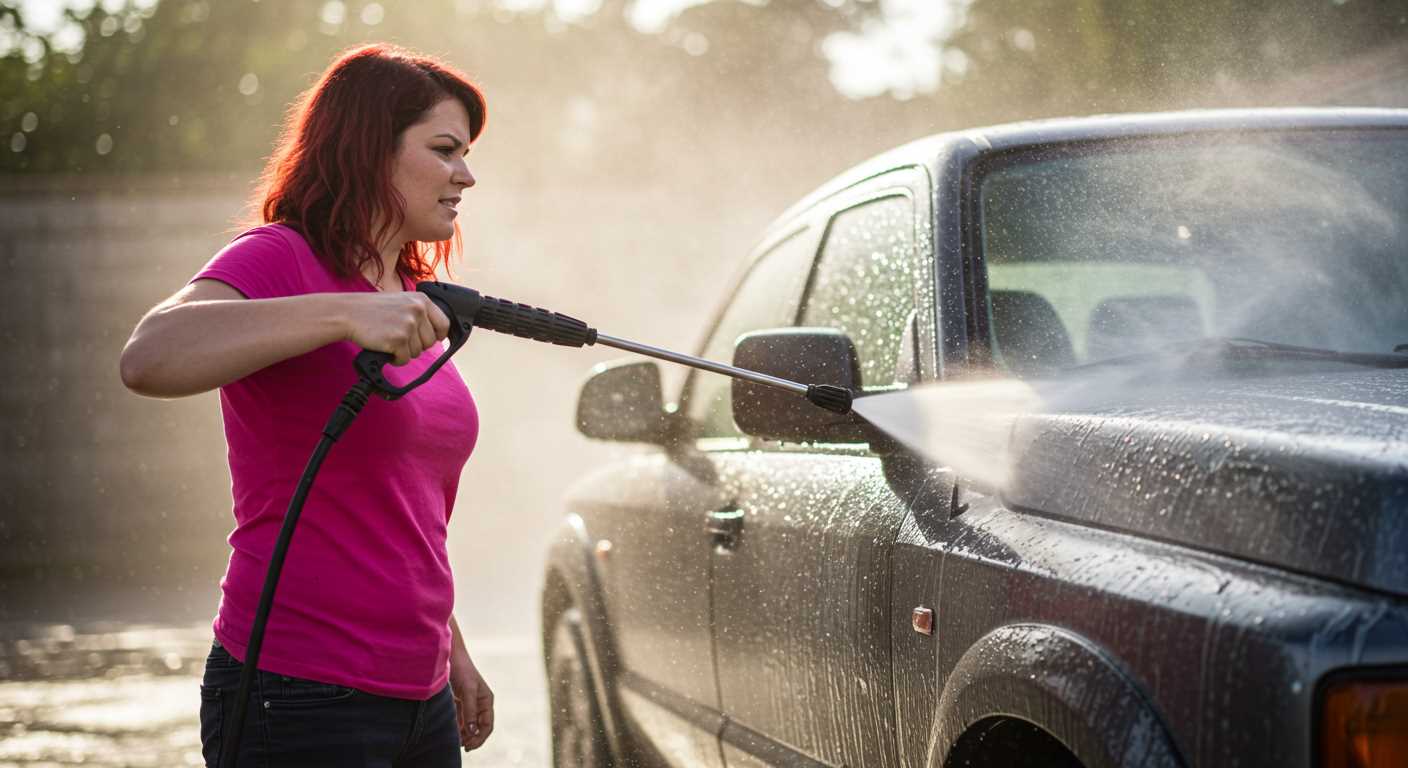

If you’re looking to part with a cleaning device that has served its time, consider contacting your local recycling centre. Many facilities accept outdated machines, ensuring that valuable materials are reclaimed while minimising environmental impact. It’s essential to verify the specific acceptability criteria for your area, as regulations can vary significantly.
Before you hand over your equipment, remove any consumable items, such as hoses and nozzles, that can also be recycled or repurposed. Check your local guidelines for recycling these components separately. Doing so not only promotes sustainability but may also provide you with additional insights into local waste management practices.
Another option is to explore donation channels. Many community centres, schools, or non-profit organisations appreciate donations in working condition. By donating, you not only declutter but also contribute to your community. Ensure the device is operational and includes any necessary attachments or instructions to maximise its usefulness for the new owner.
Finally, if neither recycling nor donation piques your interest, consider auctioning or selling the item online. Marketplaces often have dedicated sections for second-hand equipment. Be transparent about the product’s condition; buyers value honesty and may seek out your listing specifically for its functionality or lack of wear.
Disposing of Your Unwanted Cleaning Equipment
Contact your local waste management authority to find out about specific collection days for bulky items. Many communities offer scheduled pick-up for larger appliances, including cleaning devices, which ensures proper recycling and disposal. You may need to schedule an appointment or select a designated drop-off location.
Recycling Options
Explore recycling centres near you specialising in electronic waste. Many of these facilities accept such items and guarantee they’re processed responsibly. Some retailers offer take-back programmes, where you’ll receive a discount on your next purchase if you return your non-functional unit.
Donation Possibilities
If the machine is still usable but you no longer require it, consider donating to local charities or community organisations. They may have the means to refurbish the equipment or use it in service projects, providing a second life to your unit while supporting a good cause.
Assessing the Condition of Your High-Pressure Cleaning Equipment

Begin with a thorough visual inspection. Look for visible wear, rust, or damage on the casing, nozzle, and hoses. Cracked components may indicate it’s time to retire your cleaning machine.
Next, check the functionality. Connect the unit to the water supply and power it on. Observe if the device starts easily and maintains consistent pressure. Fluctuating pressure often suggests a malfunction requiring repair or replacement.
Examine the pump performance. If you notice leaks or reduced power, these could be signs of serious wear. Listen for unusual noises while the device operates. Strange sounds can indicate internal issues that may not be worth fixing.
Assessing Age and Warranty Status
Determine the age of your model. Most units last around five to fifteen years depending on usage and maintenance. If your equipment is nearing or past this age range, evaluate the cost of potential repairs against purchasing a new unit.
Check if any warranty coverage applies. If you still have a warranty, it may provide repair options that could extend the service life of your equipment, making it worth keeping.
Performance vs. Efficiency
Consider whether your current model meets your cleaning demands. If it struggles with heavy-duty tasks, it may be time to upgrade. Efficiency is crucial; a more modern, effective unit can save time and energy, providing long-term value.
Ultimately, a careful evaluation of condition, age, and performance will guide your decision on whether to keep or replace your high-pressure cleaning device.
Checking Local Regulations for Disposal
Consult your local waste management authority for specific guidelines governing the elimination of cleaning devices. Many areas implement distinct rules based on the materials involved and the device’s components.
Research Online Resources

Visit your municipal or county website. Look for sections related to waste disposal, recycling, or hazardous materials. This information often reveals designated drop-off sites, collection events, or approved recycling facilities.
Contact Local Authorities
If online resources are unclear, reach out directly to local waste disposal offices. They can provide concrete details about legal requirements, special handling instructions, or any restrictions you should be aware of.
- Inquire about specific disposal schedules for bulky items.
- Check if there are any recycling incentives or drop-off events.
- Ask about any permits needed for disposal.
Awareness of local regulations ensures you comply with the law while contributing to environmental conservation. Each region has its own approach, so taking the time to understand these requirements is beneficial.
Sourcing Recycling Centres for Electrical Appliances
Identifying suitable recycling facilities is paramount. Initiate by searching for local municipal waste management services that typically offer designated centres for discarded appliances. Websites of city or regional councils often provide detailed information about these locations.
Explore platforms such as Earth911 or RecycleNow, which allow filtering search results based on appliance type and location. Such resources may guide you towards nearby drop-off points or events specifically organised for collection.
Contact Local Retailers
Engaging with local retailers or manufacturers can yield valuable insights. Many offer take-back programmes for consumers purchasing new items. Inquire if they accept older equipment, which will ensure responsible recycling practices are employed.
Consult Waste Management Authorities
Reach out to waste management authorities for guidelines. They can recommend facilities that specialise in recycling electrical appliances. These facilities often have processes in place to recover materials while minimising environmental impact.
Safely Removing Fluids and Chemicals
Before parting with your cleaning machine, ensure all fluids and chemicals are properly extracted. Start by unplugging the device to eliminate any risk of electric shock. Allow a few minutes for the equipment to cool down if it has been in use recently.
Draining Water and Cleaning Solutions

Locate the water release valve, typically situated near the pump. Open it to allow any remaining water to flow out. Next, if you’ve used any cleaning agents, run the unit for a minute without water to flush out these substances. If there are any residual cleaning chemicals, consider using a neutralising solution–check the manufacturer’s guidelines for compatible options.
Managing Fuel and Oil
If your device operates on petrol, locate the fuel tank and siphon out any remaining petrol using a siphoning pump, ensuring you perform this step outside or in a well-ventilated space. For machines requiring oil, drain it from the oil reservoir into a sealable container, keeping it away from potential contaminants. Dispose of both fuels and oils at a designated collection point–local auto-repair shops or recycling facilities often accept these materials.
Considerations for Donating a Usable Cleaning Equipment
Before offering functional cleaning equipment, evaluate the potential recipient’s needs. Ensure the machine aligns with their requirements to avoid wasteful transactions.
Contact local charities, community centres, or non-profits that may benefit from your generous contribution. Many organisations appreciate tools that can support their infrastructure or maintenance efforts.
Examine the operational status of the unit. Check for:
- Overall functionality–ensure it runs smoothly without unusual noise or leaks.
- Physical condition–look for damage that may hinder performance or safety.
- Included accessories–offer any nozzles, hoses, or additional attachments.
Additionally, provide a brief operational guide for the new user. This is particularly helpful if they are unfamiliar with such devices.
Consider arranging a demonstration or tutorial if the donation is accepted. Showing how to properly use and maintain the machine can extend its usefulness and life cycle in the hands of the recipient.
Lastly, obtain a receipt or confirmation of the donation for your records. This can be beneficial for tax deductions and helps track your contributions to the community.
Finding a Suitable Junk Removal Service
Research local junk removal companies that specifically handle appliances. Start by checking reviews and ratings online to gauge their reliability. Identify services that offer environmentally responsible disposal of electrical equipment.
Key Factors to Consider
In my experience, choose a service that communicates clearly about their disposal methods. Verify if they recycle parts or donate functional items. Ensure they are licensed and insured, as this protects you from any mishaps during the removal process.
Questions to Ask
Before confirming, inquire about:
| Question | Purpose |
|---|---|
| What is your disposal process? | To understand their environmental practices. |
| Are you licensed and insured? | To ensure liability coverage. |
| Do you recycle or donate working items? | To assess their commitment to sustainable practices. |
| What are your rates? | To avoid unexpected costs. |
Schedule an assessment for quotes, and choose a service that aligns with your disposal values and budget. Establish a clear pickup time to facilitate the process smoothly.
Documenting Disposal for Environmental Compliance
Maintain detailed records throughout the elimination process of your equipment. Begin by noting the date of transfer to a recycling facility or collection service. Record the location, including the facility’s name and contact details, to establish accountability.
Capture images before and after the removal. These visual confirmations demonstrate that the unit was handled responsibly. Ensure to keep receipts or documentation provided by the facility, as they may provide evidence of proper disposal methods compliant with environmental standards.
Creating a Digital File
Assemble all documentation into a digital file. This should include scanned copies of receipts, photographs, and any communication with the waste management company. This file can serve as proof of your efforts should questions arise regarding the environmental impact of your actions.
Consulting Local Authorities
Should you have any uncertainties regarding regulations, don’t hesitate to consult your local authorities. They can offer guidance on what documents to retain and the correct procedures to follow for compliance. This step not only demonstrates your commitment to sustainability but also aids in preventing potential legal issues.
By meticulously documenting each phase, you ensure that your actions align with eco-friendly practices. This due diligence contributes to a cleaner environment for future generations.







